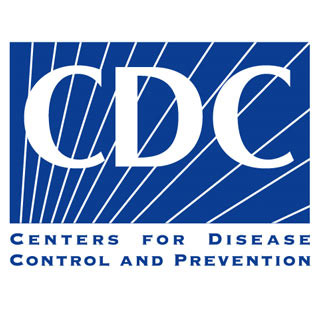
For the study, information was gathered between 2007 and 2009 spanning across 58 hospitals as part of the CDC′s National Electronic Injury Surveillance System–Cooperative Adverse Drug Event Surveillance project. Almost half of these hospitalizations occurred among adults in the age group of 80 and more while two-thirds of them were drug-overdose cases. Some incidences took place as the medicine did not have the assumed effect on the body.
“These data suggest that focusing safety initiatives on a few medicines that commonly cause serious, measurable harms can improve care for many older Americans. Blood thinners and diabetes medicines often require blood testing and dosing changes, but these are critical medicines for older adults with certain medical conditions. Doctors and patients should continue to use these medications but remember to work together to safely manage them,†explained Dan Budnitz, M.D., M.P.H., director of CDC′s Medication Safety Program.
The results showed that about 33% of the deaths were supposedly related to the drug warfarin which is used to treat blood clots. Almost 14% hospitalizations were related to insulin injections for those suffering from diabetes. 13 percent of them were hospitalized due to antiplatelet drugs like aspirin or clopidogrel which are used to prohibit platelets or clots. 11 percent of the instances were associated with diabetes medicines like oral hypoglycemic agents.
The team concluded that policies and programs stressing the importance of drug safety ought to be implemented for preventing unnecessary hospitalizations. The report is published in the New England Journal of Medicine.
